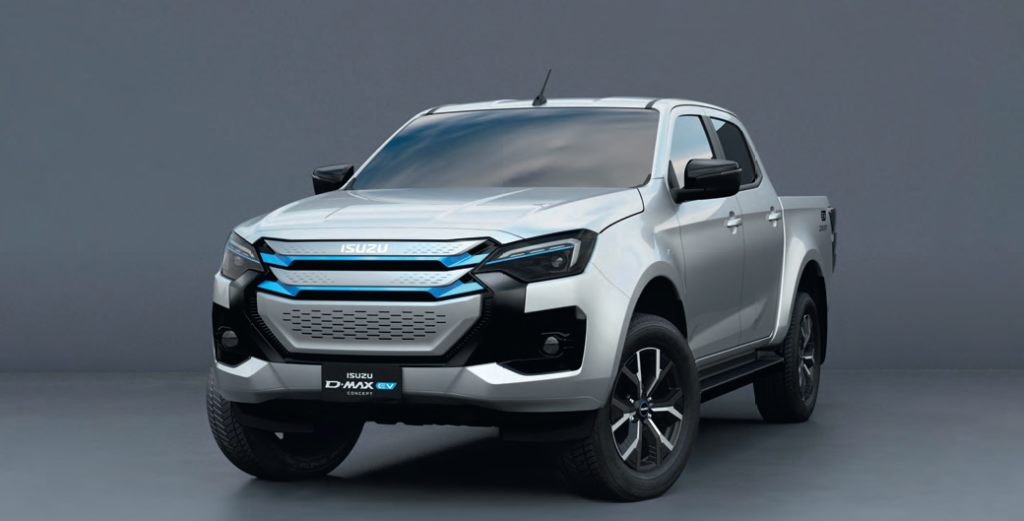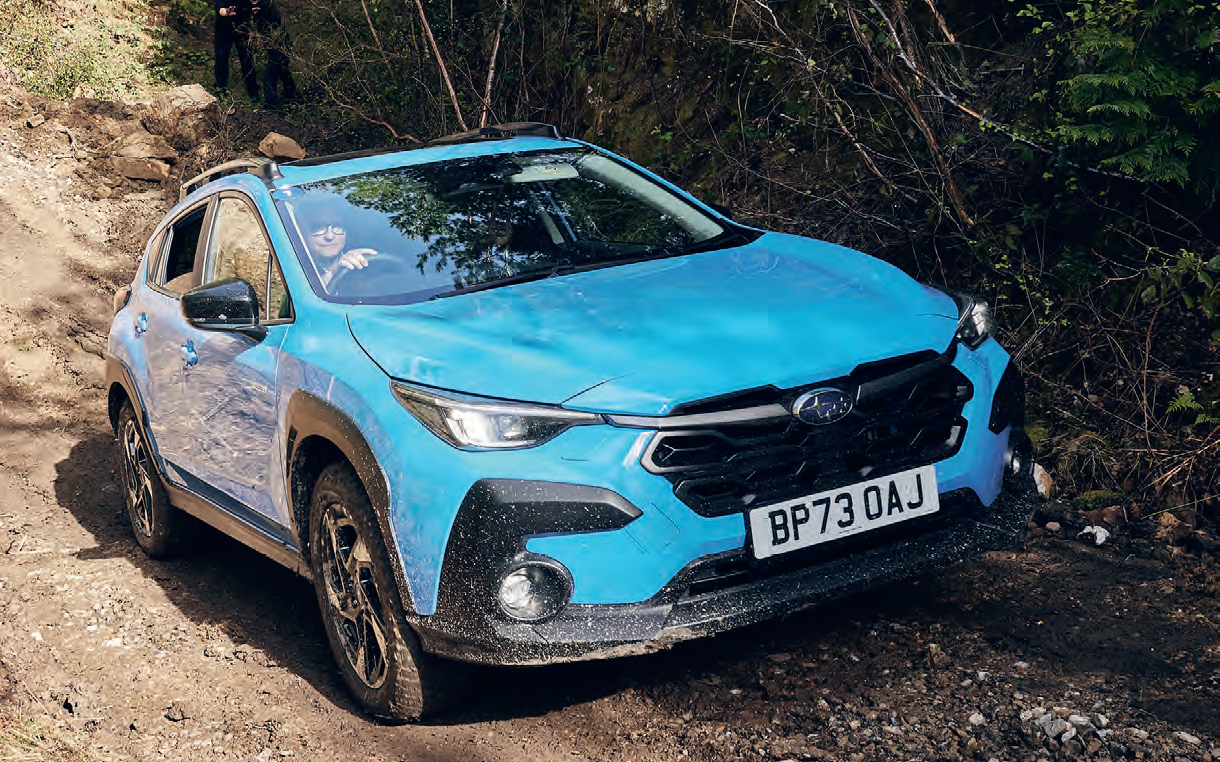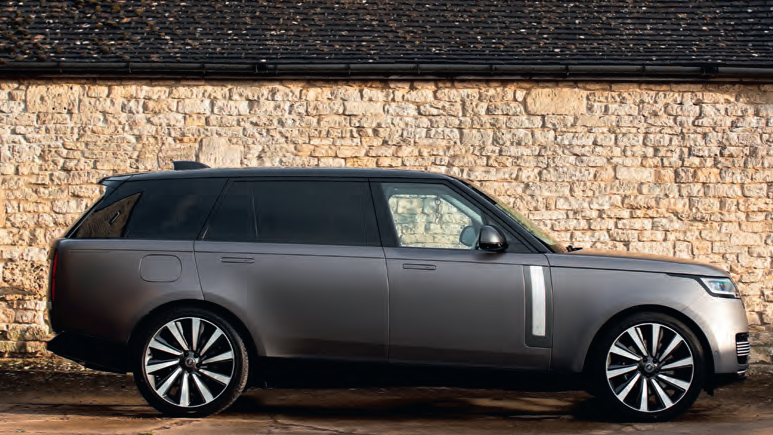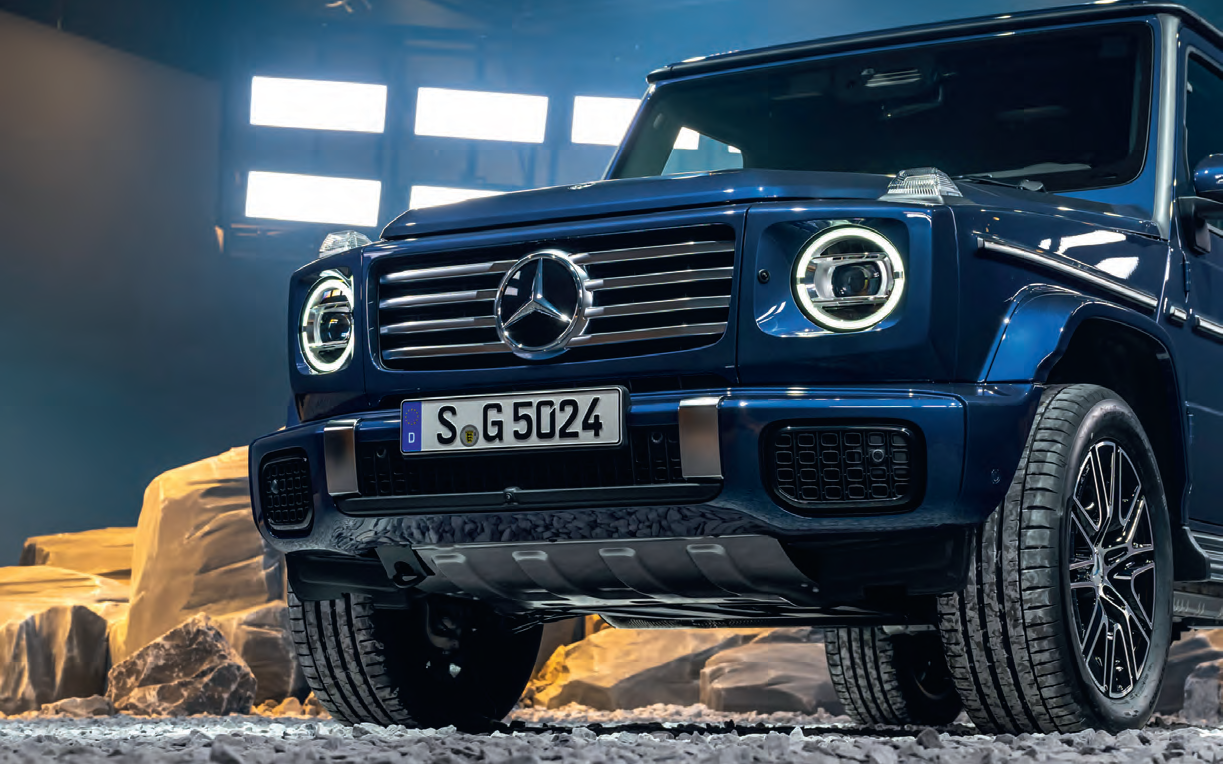Some 20 years ago, David and Tisha Selway were on holiday in Namibia. At a watering hole in the Etosha National Park, they found themselves parked up near a 1-Ton Land Rover 109” which had been converted into a home from home – and they had a moment of realisation. This was what they wanted to do.
The Selways fell instantly in love with the idea of camping with wildlife. Having lions and hyenas on the doorstep of their home from home seemed a logical dream to have. But as they got talking to the owners of the Land Rover, they realised they would need something bigger, stronger and more reliable.
What they chose was very big, very strong and very reliable. Dating from 1988, it was an ex-Army Bedford MJ which David bought for £4000 in January 2007 with just over 32,000 miles on the clock. ‘It had to be an older vehicle, to be affordable,’ says David. ‘An older truck using more basic last-generation technology was a good option as it would be repairable by the average bush mechanic or ourselves
alongside the road.’
Read the full article in the July issue –






